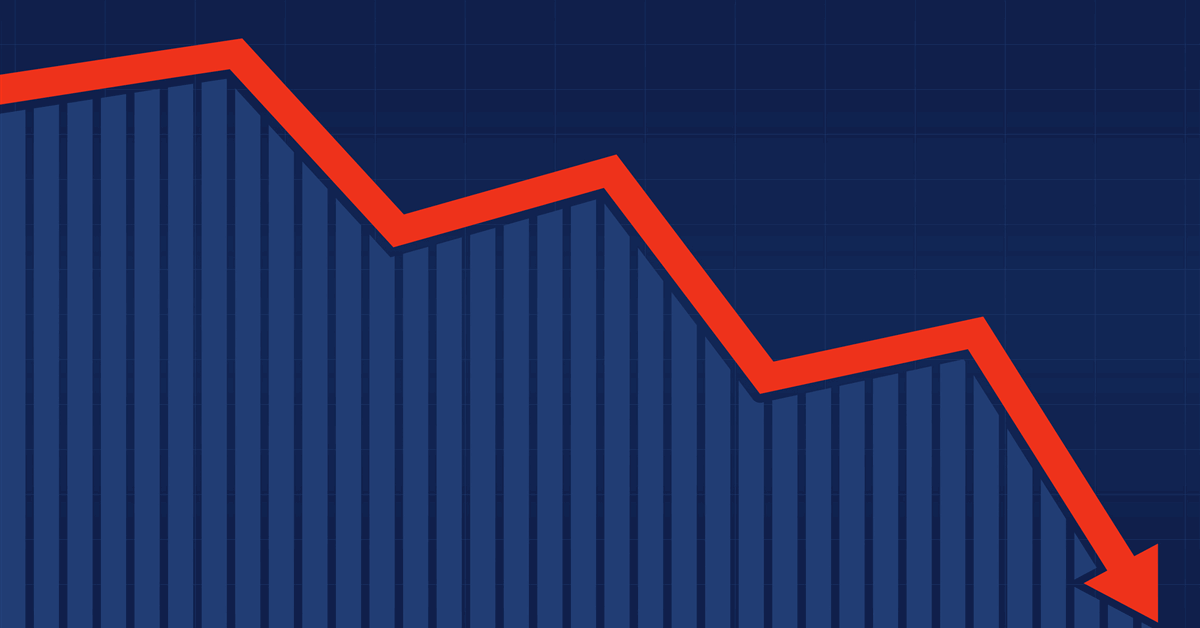
Oil prices dropped “significantly” following news of an Iran-Israel ceasefire, Erik Meyersson, Chief EM Strategist at Skandinaviska Enskilda Banken AB (SEB), said in a report sent to Rigzone by the SEB team on Tuesday.
Meyersson warned in the report that future talks will be difficult if negotiation positions remain the same, adding that “all parties have an interest in ending the fighting, but need to overcome the crux of nuclear enrichment in Iran, as well as its ballistic missile program, in order for a durable deal”.
“Snapback sanctions and its consequences still remain an issue, and a ceasefire without a diplomatic breakthrough opens for Iranian rearmament and rebuilding of its nuclear facilities,” he added.
“This puts the current ceasefire on precarious grounds, and absent a diplomatic breakthrough, the Iran-Israel War may not yet be over,” Meyersson warned.
Meyersson said in the report that the U.S. has from the onset sought a minimal participation in the war and noted that it will be keen to limit involvement to avoid dissent over the war within its own political base.
“In addition, an ongoing conflict would pose risks to the global supply oil,” Meyersson highlighted in the report.
“With an Iranian regime increasingly backed against a wall, concerns over whether it could target shipping or energy infrastructure in the region had been on the rise,” he pointed out.
“Oil prices were trending higher which, if sustained, could have pushed up global inflation rates up and central banks toward a higher policy rate trajectory,” he added.
In a market update sent to Rigzone by the Rystad Energy team late Monday, Rystad noted that oil prices tumbled yesterday after Iran’s retaliatory strikes on the U.S., “signaling a possible desire from Iran to de-escalate by inflicting minimal damage to U.S. infrastructure in the region”.
“Rystad Energy maintains that the situation remains fluid with energy markets still pricing the potential de-escalation. With tensions at an all-time high, the U.S. response and the likelihood of a broader war remains to be seen,” Rystad warned in that update.
Janiv Shah, Rystad Energy Vice President, Oil Markets Analysis, highlighted in the update that, on June 13, Israel “launched Operation Rising Lion, a sweeping military campaign targeting over 100 Iranian nuclear and military facilities, including the key sites of Natanz and Khondab, as well as high-ranking Iranian military leadership”.
“In the aftermath of the attack, Brent crude surged to nearly $78 per barrel before stabilizing around $75 and subsequently tumbling to $70 after Iran’s retaliatory missile strike on Doha,” Shah added.
“In the weeks leading up to the war, Israel and Iran exchanged missile salvos as the conflict continued to escalate, culminating in the U.S. launching targeted strikes against three nuclear facilities over the weekend,” Shah continued.
“Rystad Energy anticipates that high market volatility will be expected in the near term as the extent of the damage emerges and the extent of Iran’s response becomes apparent,” Shah went on to state in that update.
Also in the update, Shah warned that a potential blockage of the Strait of Hormuz by Iran poses a significant risk to energy flows.
“Around 15 million barrels per day, or nearly a third of global seaborne crude oil exports, transit through the strait. A full closure would have the most severe impact on Asia, which receives nearly 80 percent of these flows,” Shah said.
“If Iran’s counterstrike is viewed as a de-escalation move, the likely case remains for the Strait to remain open, however in the case that it is impacted and closes, the timeline might be very brief,” Shah added.
“The waterway handles significant volumes for global markets and its importance cannot be understated,” Shah continued.
Rigzone has contacted the White House, the Iranian Ministry of Foreign Affairs, and Israel’s Ministry of Foreign Affairs Spokesperson, Oren Marmorstein, for comment on SEB’s report and Rystad Energy’s market update. At the time of writing, none of the above have responded to Rigzone.
To contact the author, email [email protected]





















